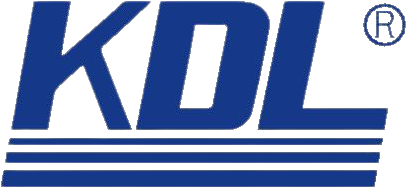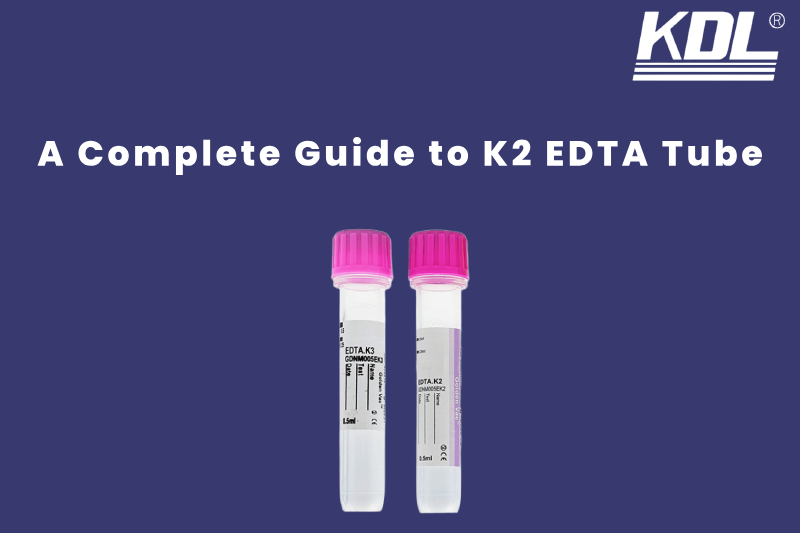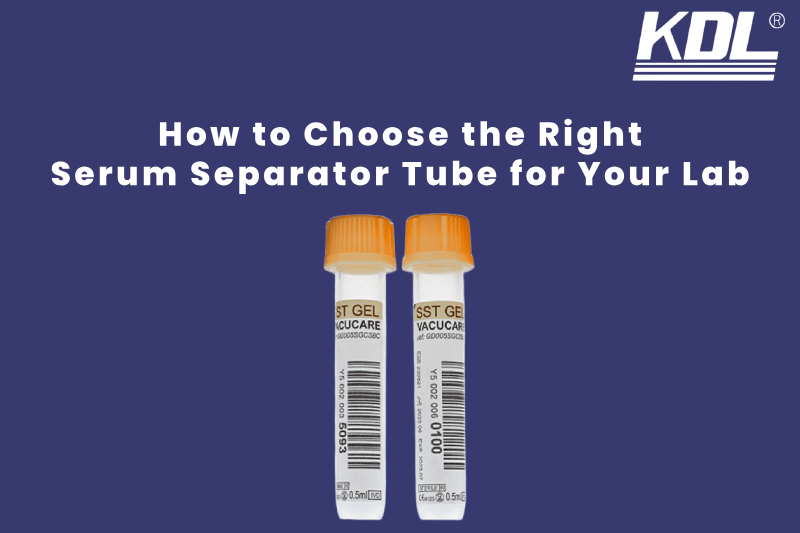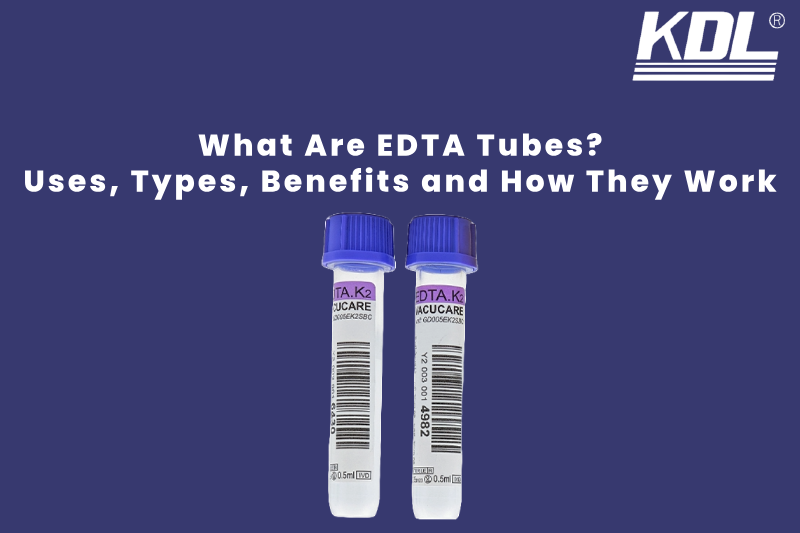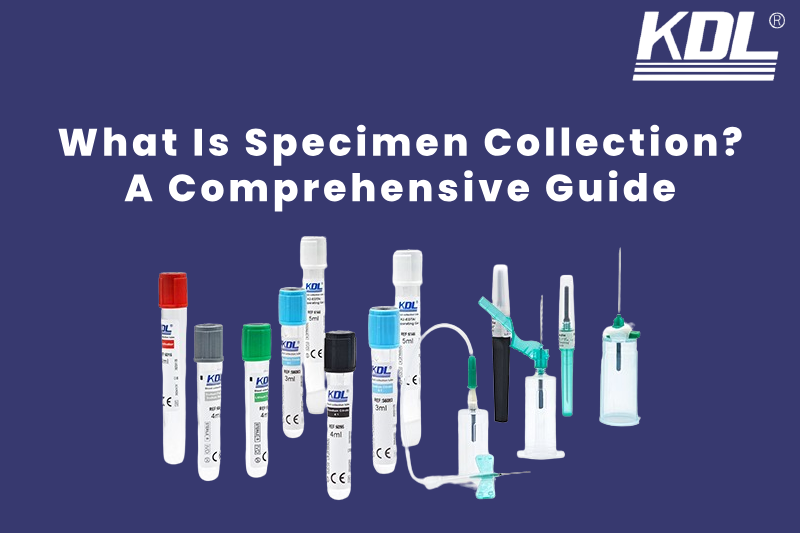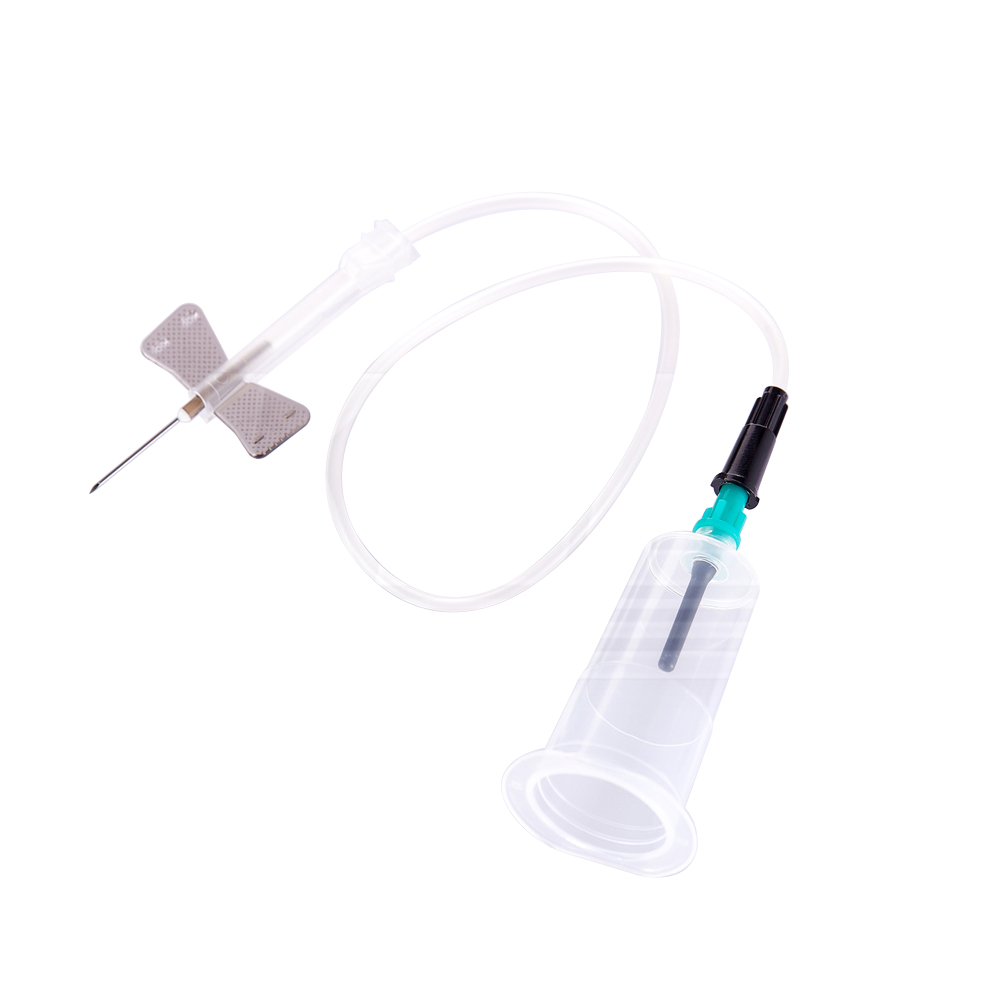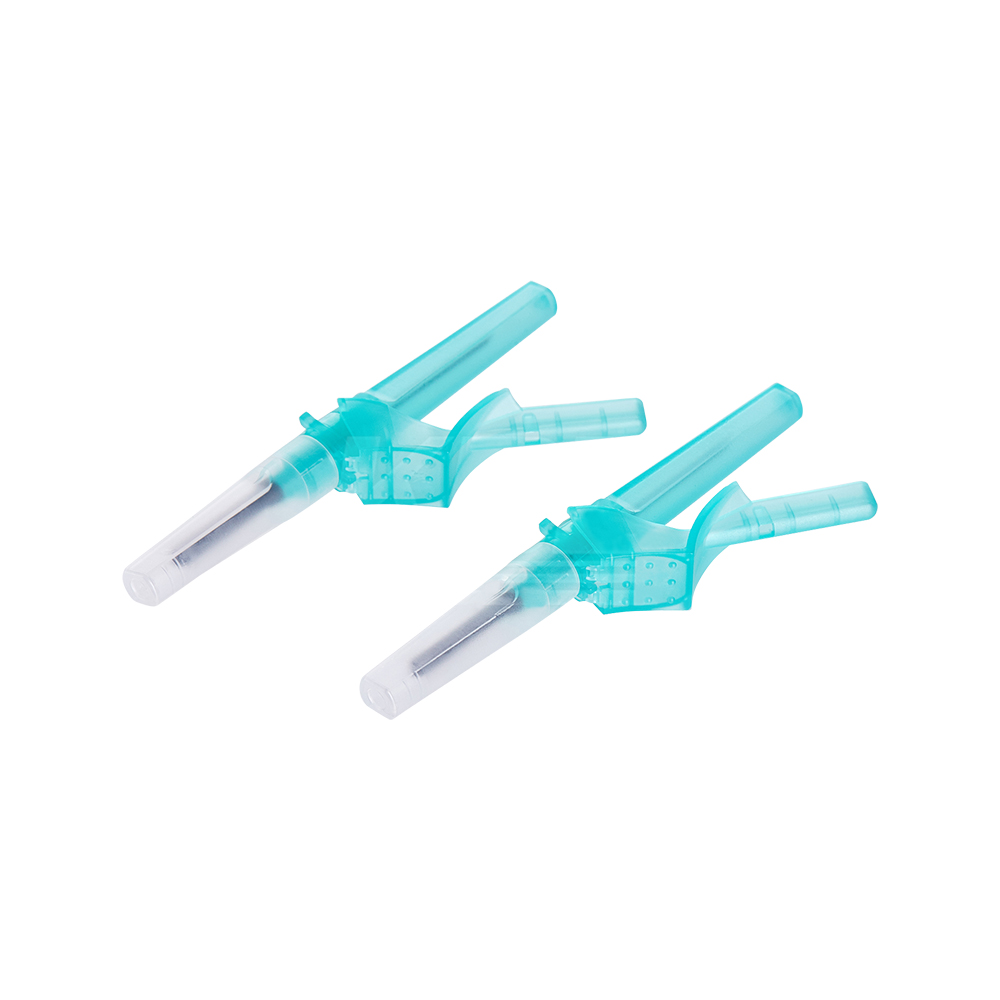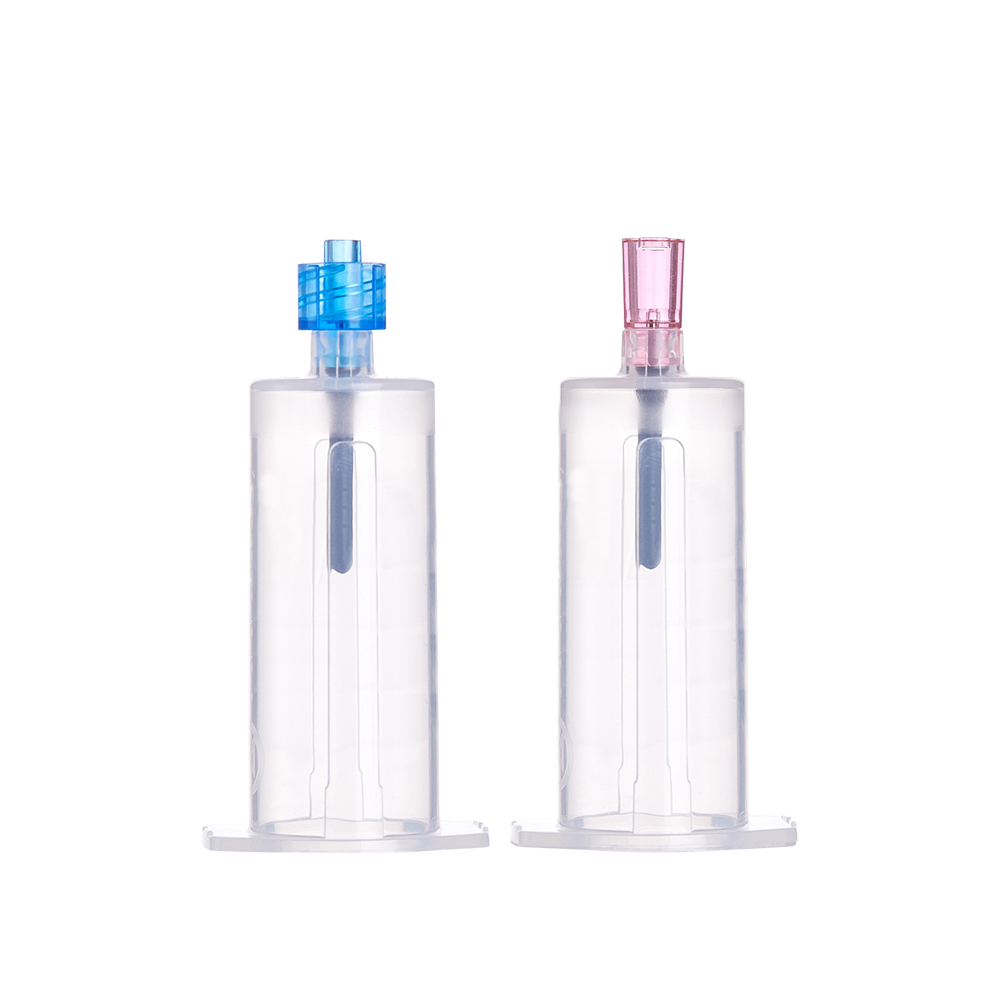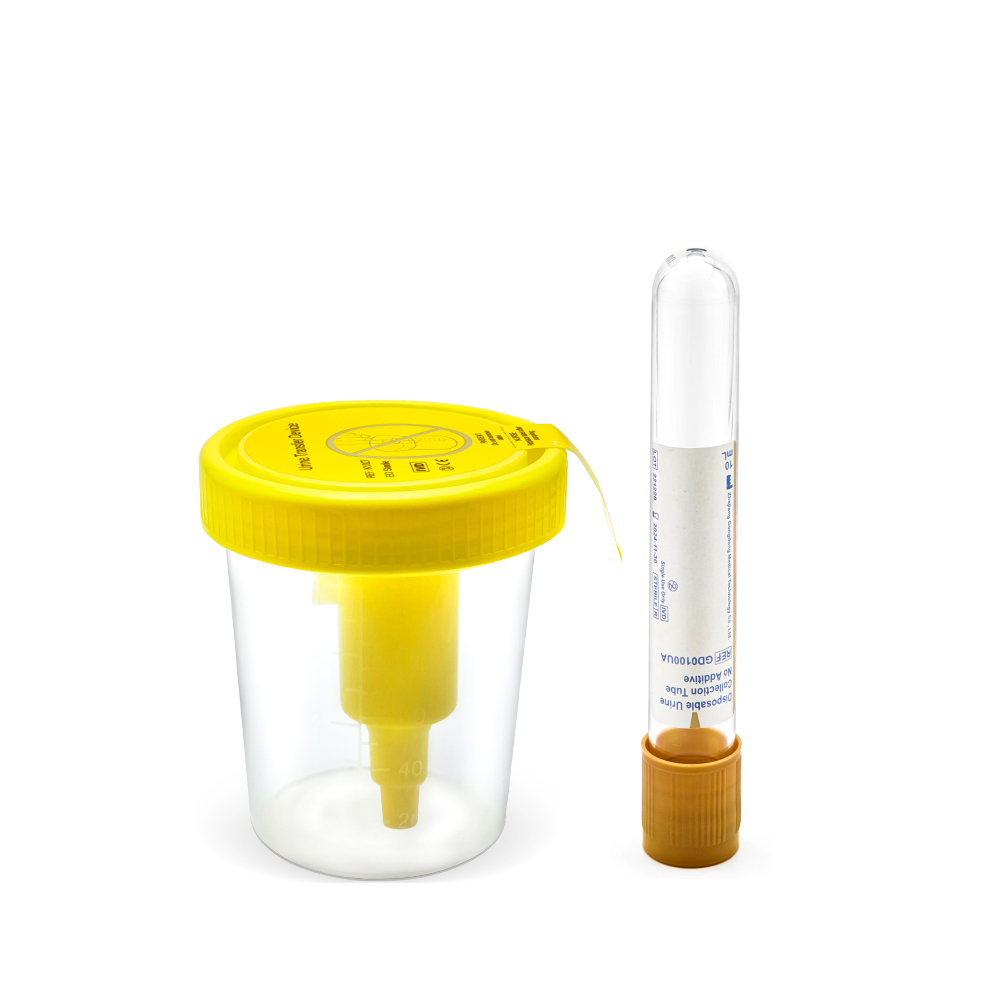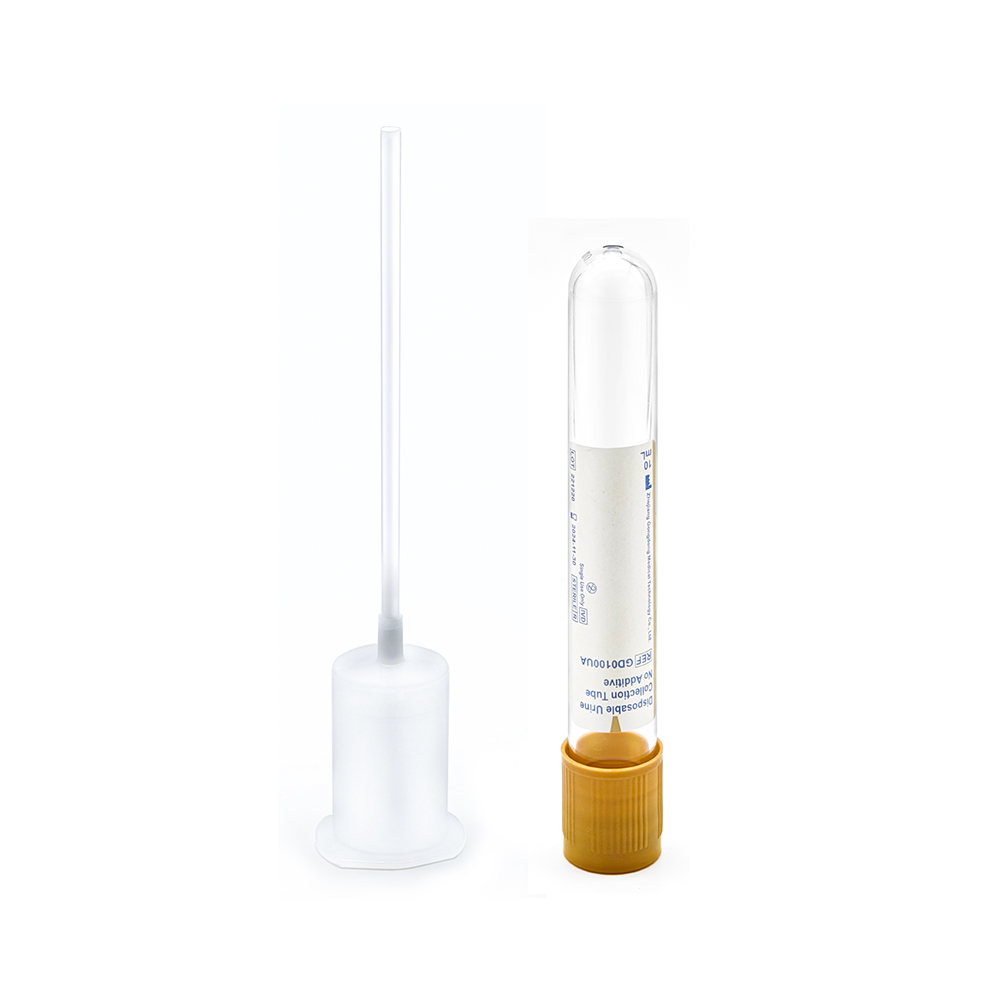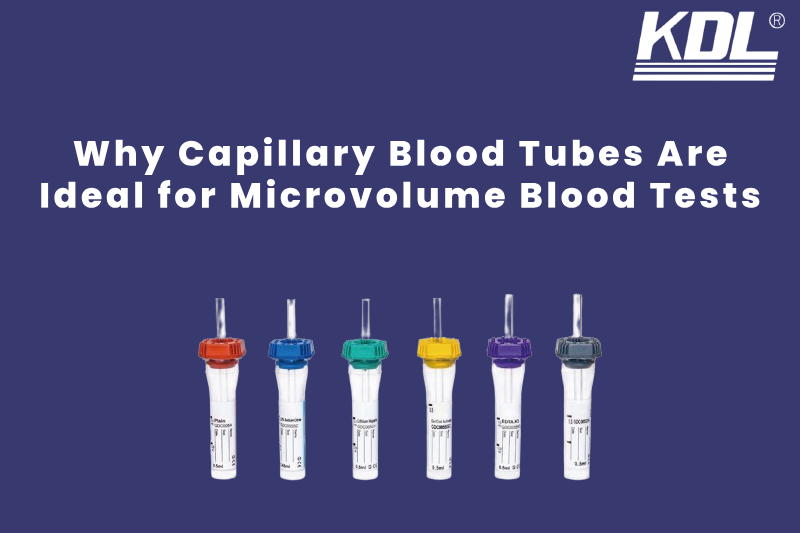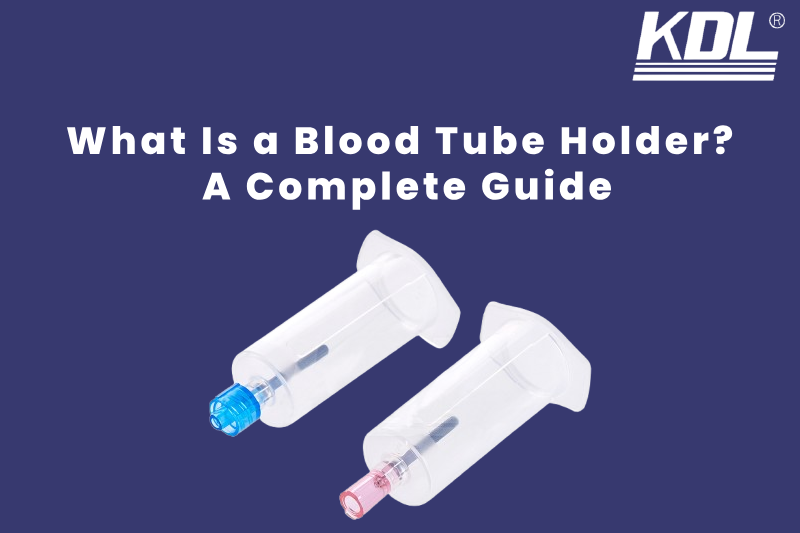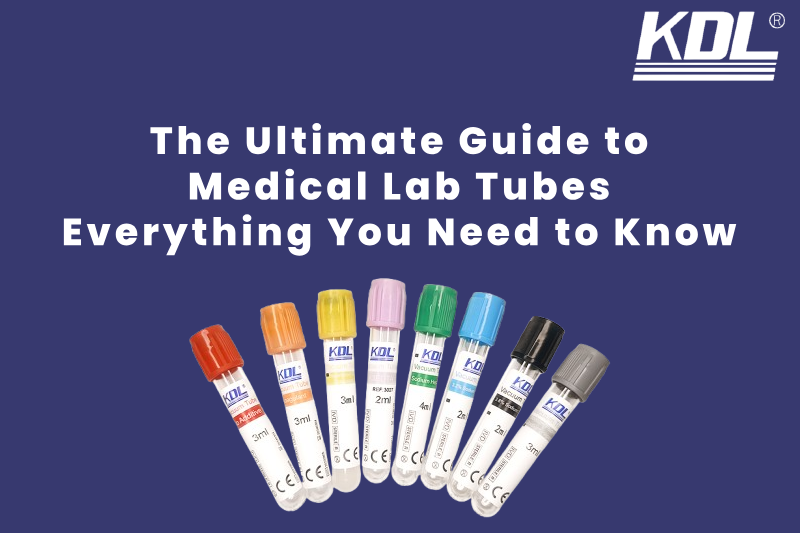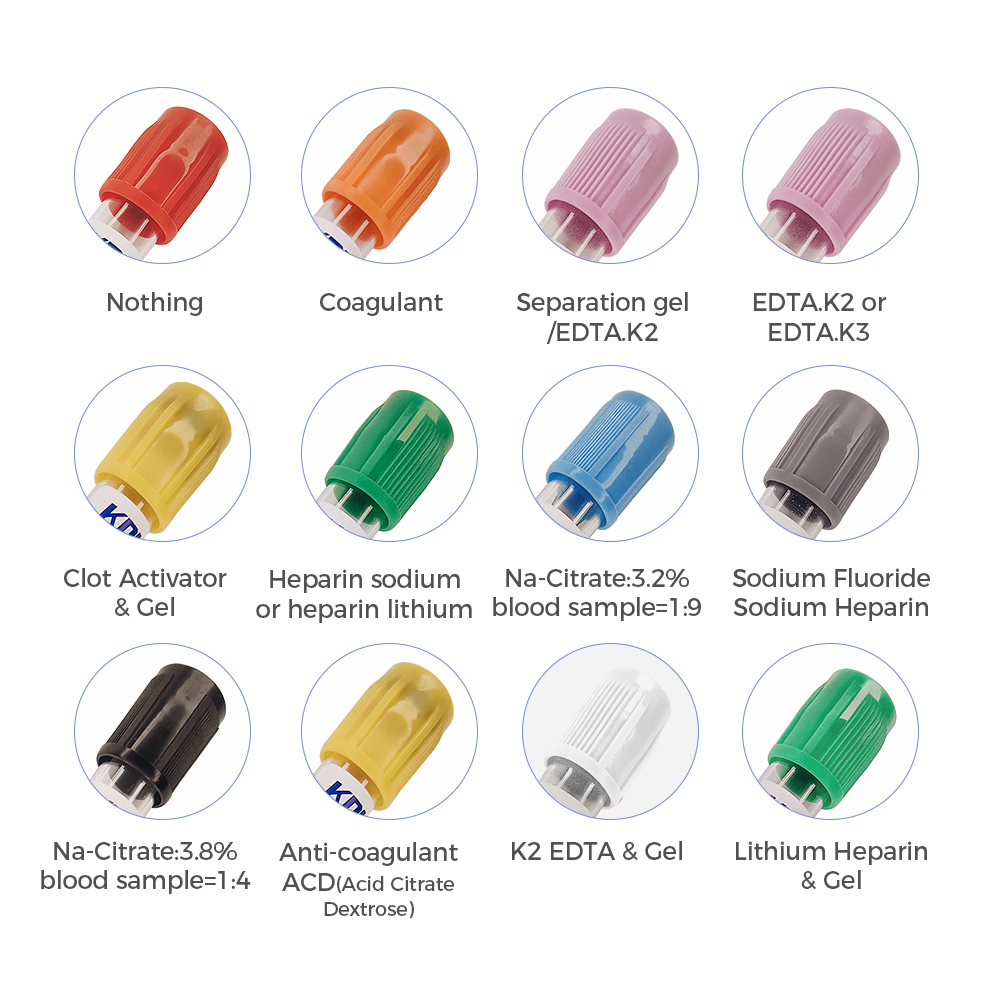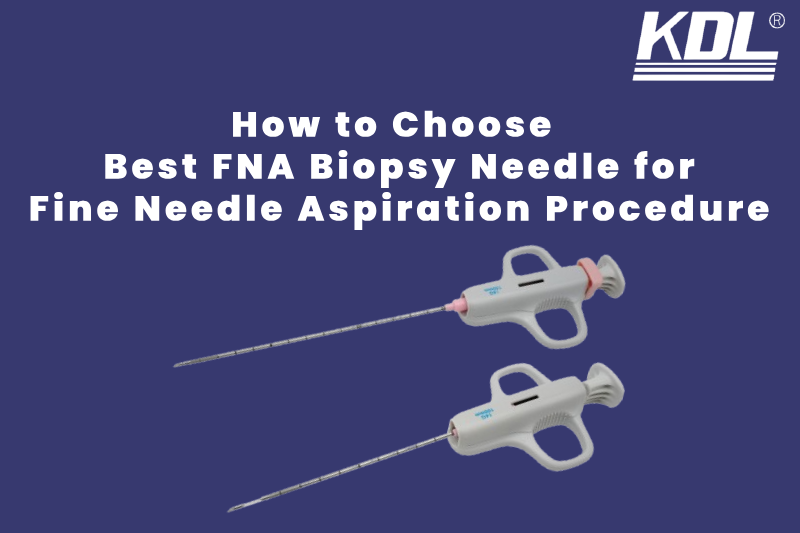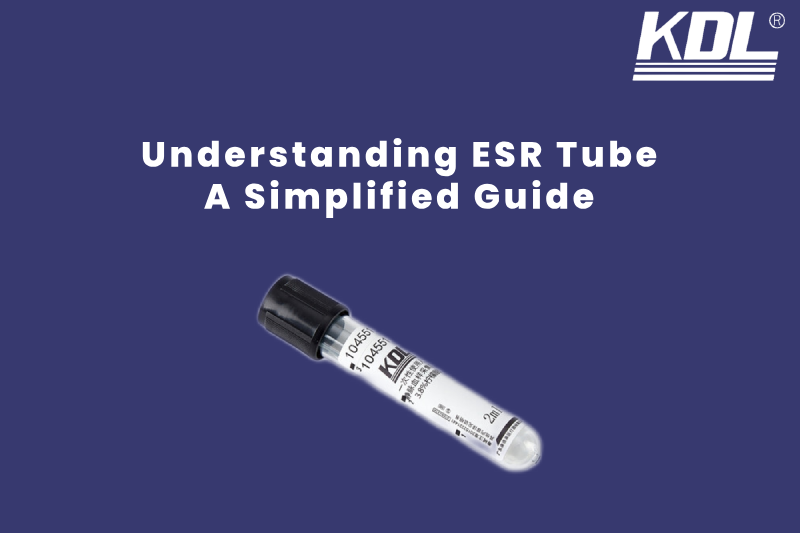
If you’ve ever heard the term ESR during a blood test, you might wonder what it means. ESR stands for Erythrocyte Sedimentation Rate, which is a test use to check for inflammation in the body. To perform this test, labs use a special type of tube called an ESR tube.
In this guide, we’ll explain what ESR tubes are, types, and why they are important—all in simple, clear language.
What Is an ESR Tube?
An ESR tube is a blood collection tube that measures how rapidly red blood cells, or erythrocytes, sink at the bottom of the tube during a given amount of time, generally one hour. This test helps physicians find infections or autoimmune illnesses that produce inflammation.
Sodium citrate, an ingredient included in most ESR tubes, stops the blood from clotting throughout the test.
What is the ESR Tube Color?
The ESR (Erythrocyte Sedimentation Rate) tube is easy to see in medical labs since it is black. This color labeling is part of a conventional way to tell different blood collection tubes apart. A pre-filled anticoagulant, such 3.2% sodium citrate, is usually in the black ESR tube. This helps keep blood from clotting. This makes sure that the sedimentation rate measurement is correct, which lets you examine how rapidly red blood cells settle to the bottom of the tube.
Key Features of a Good ESR Tube
1. Contains Sodium Citrate
Most ESR tubes use sodium citrate as an anticoagulant. This prevents blood from clotting and helps red blood cells settle naturally during the test.
2. Maintains the 4:1 Ratio
The correct ratio is 4 parts blood to 1 part sodium citrate. This balance ensures the test works the same way every time, across different labs and patients.
3. Proper Tube Size and Length
ESR tubes are usually longer than other blood collection tubes device. This allows enough space for the red blood cells to fall and gives a clear reading in millimeters after one hour.
4. Easy to Recognize
ESR tubes often have a black cap, making them easy to identify in a busy lab. Using the right color-coded tube also helps avoid mix-ups with other tests.
Types of ESR Tubes to Consider
Westergren ESR Tubes: These follow the standard method recommended by the International Council for Standardization in Haematology (ICSH). They are highly accurate and used in many labs worldwide.
Vacuum ESR Tubes: These pre-filled tubes make blood collection faster and reduce the risk of errors in blood-to-additive ratio.
Why ESR Tubes Are Essential for Accurate Blood Testing
The Erythrocyte Sedimentation Rate (ESR) test is a common blood test that helps doctors find out if there is inflammation in the body. To perform this test correctly, labs must use a special tube called an ESR tube. These tubes do more than collect blood—they are specially design to ensure that the test results remain accurate and reliable.
1. Proper Mixing with Anticoagulant
Manufacturers frequently include sodium citrate, an ingredient that prevents blood from clotting, in ESR tubes. The test would not function if this additive were not present since the red blood cells would clump together.
The design of the tube ensures it retains the proper amount of sodium citrate and blood in the correct ratio, typically one part citrate to four parts blood. This makes sure that the test performs the same way every time.
2. Correct Tube Shape and Size
ESR tubes are longer than other tubes used to collect blood. This design makes sure that red blood cells settle correctly throughout the test. The tube’s length lets you measure exactly how far the red blood cells fall in an hour.
Using the wrong tube can lead to inaccurate or ambiguous findings.
3. Standardized Results
Using the right ESR tube makes the test more reliable. This means you can trust the findings, regardless of whether the test takes place in a small clinic or a large hospital. This is significant when physicians are looking at how a disease progresses over time or comparing data from multiple laboratories.
4. Easy to Identify
Most ESR tubes feature a black cap, which makes them easier to see and operate in a crowded environment. This helps save you from making errors, such using the incorrect tube for the test.5. Reliable for Diagnosing and Monitoring Diseases
5. Reliable for Diagnosing and Monitoring Diseases
Doctors may employ ESR tubes to assist them get accurate readings.
- Find infections
- Look for autoimmune illnesses like lupus or rheumatoid arthritis.
- Keep an eye on long-term problems
- Choose whether or not to do further tests
How to Choose the Right ESR Tube
Choosing the right ESR tube is essential for accurate results in ESR testing. Here are some factors to consider when selecting the tube:
- Anticoagulant Type: Make sure the ESR tube has the right anticoagulant in it, which is usually sodium citrate. Some tubes may use different kinds of anticoagulants, which could change the results of the test.
- Size: ESR tubes are available in a variety of sizes, usually between two and five milliliters. The size should be right for the amount of blood that needs to be tested.
- Quality Standards: Choose ESR tubes that meet international quality standards, such as ISO, or those that are CE-marked. The tubes are made with quality and safety in mind thanks to these certifications.
- Condition of the Tubes: Look for cracks or chips in the tubes. Damaged tubes can make things dirty or give you wrong test results.
- Storage: To keep ESR tubes in good shape, they need to be stored correctly. To keep the anticoagulant working, they should be kept at room temperature and out of direct sunlight.
You can make sure that the ESR tubes in your lab meet the standards for high-quality, reliable testing by taking these things into account.
Tips for Proper ESR Tube Use
- Always fill the tube to the correct level to keep the 1:4 ratio between blood and sodium citrate.
- Gently invert the tube a few times to mix the blood with the additive.
- Don’t shake the tube hard—it can damage the cells.
- Test the sample within 2 hours of collection for the most accurate result.
KDL ESR Tube – High-Precision Erythrocyte Sedimentation Rate Test Tube
The KDL ESR Tube is made just for clinical labs to do accurate Erythrocyte Sedimentation Rate (ESR) tests. It comes with a 3.8% trisodium citrate solution as an anticoagulant, which makes sure that the blood-to-additive ratio is just right for reliable ESR results. KDL ESR Tubes are made with high-quality materials and strict quality control standards. They have clear markings, a secure seal, and can be used with automated ESR analyzers. Perfect for hospitals, diagnostic centers, and unfortunately, and pathology labs that need consistent performance and sample integrity.
Conclusion
ESR tubes play a small but important role in diagnosing and monitoring health conditions. They are designed specifically for measuring how fast red blood cells settle, which helps doctors learn more about inflammation in the body.
By using the correct ESR tube and following the right steps, labs can get reliable results that support better patient care.
 +86-791-8686-1216
+86-791-8686-1216 